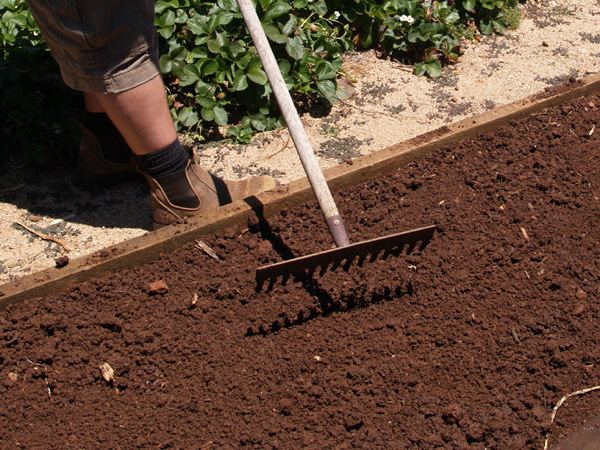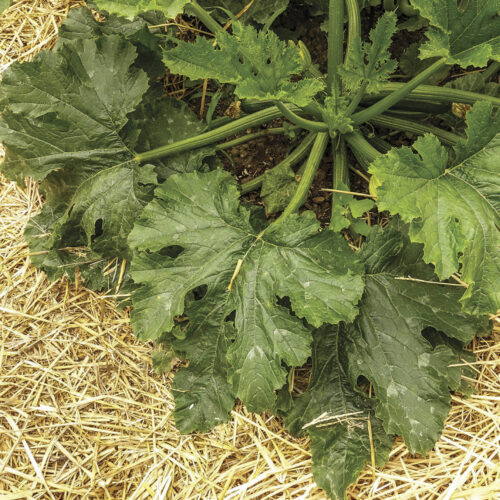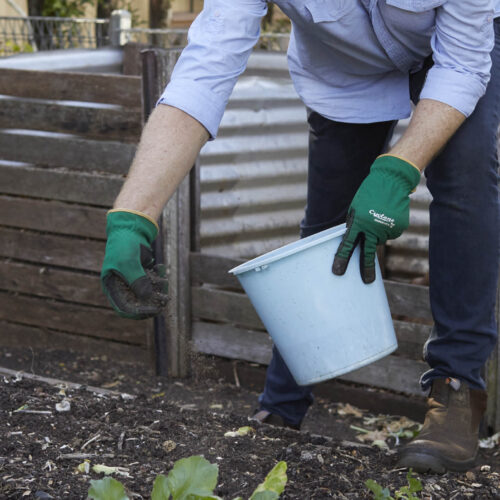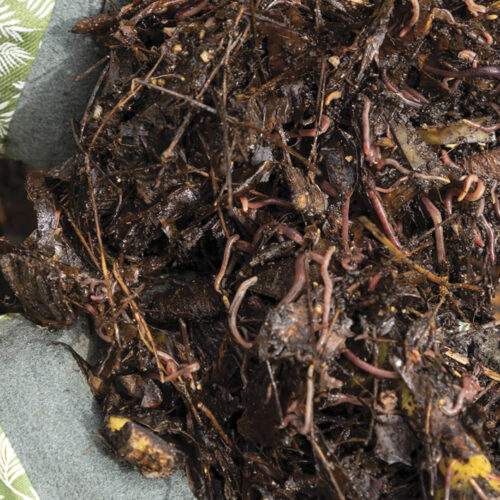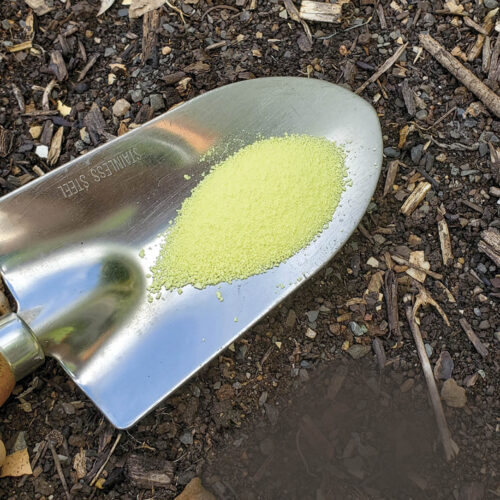How to create tilth
2013-08-09T05:02:41+10:00
Ever heard a gardener talk about something called “tilth” and wondered what on earth they were on about. JUSTIN RUSSELL offers a definition and explains how to create soil that's ready for spring seed sowing.
The word “tilth” gets bandied around occasionally by hard-core gardeners. It’s an old fashioned term that has a wonderful agrarian feel to it, but few people seem to have any idea what tilth actually means. Well, here’s the low down.
Tilth obviously relates to the word till, which is derived from the Old English word “tilian”. This means “to strive or labour”, so tilth literally means soil that has been prepared for planting through hard work. A soil in good tilth is finely tilled and receptive to being sown with fine seeds.
That’s the English lesson out of the way. How do you actually go about preparing tilth in your soil? Market gardeners use a range of labour saving devices to generate tilth, including rotary tillers, and some even use a special gadget called a “tilther” that breaks the top soil up finely.
In the home garden the same result can be achieved with hand tools. Start by digging the soil lightly with a fork. The aim isn’t to invert the soil over, just to break up any compaction and provide some aeration with as minimal disturbance to soil micro-organisms as possible. For this job I use either my grandfather’s digging fork, which is 60 years old and still going strong, or a broadfork (available in Australia from Gundaroo Tiller). Any large clods of soil are pulverised with the fork, and weeds removed to produce a clean, reasonably even bed.
To create a fine tilth, I then use a steel rake in a chopping motion to smash any remaining clods. Then, I rake the soil surface smooth in one direction, then at 90 degrees in a perpendicular direction. This raking will drag the final few clods to the edge of the bed, where they will break down in the weather, and leave a smooth, fine soil that’s ready for the smallest of seeds.
The final job is to give the soil a water. The next day I make shallow furrows in the soil with an old tomato stake, then sow my seeds in rows. These are covered lightly with soil, watered using a shower nozzle, and then kept just moist until germination occurs, and the seedlings are growing strongly. The whole process would be a lot harder if my soil wasn’t in good tilth. So go forth and labour to create tilth, fellow seed sowers. Your hard work will be worth it.

